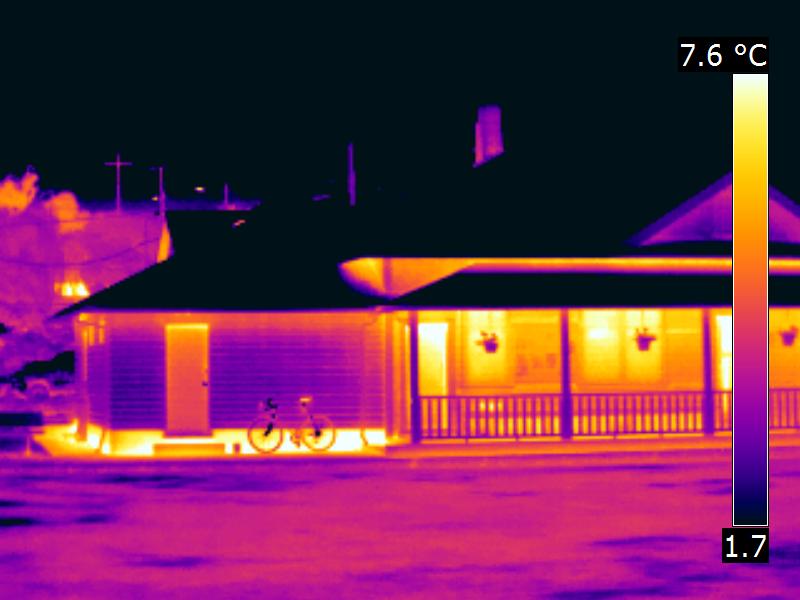This report reviews the technique of thermal imaging as a means of revealing heat loss from single family homes, its current applications in Canada and abroad, and the potential of coupling its use with community-based initiatives to improve uptake rates of energy efficiency retrofits and conservation. By allowing homeowners to see the energy loss (via infrared images) that would otherwise be invisible, thermal imaging provides a powerful visual tool that can engage and trigger a deeper understanding of retrofit needs and opportunities, on both personal (residential) and community (neighbourhood or city) levels.
The paper concludes with 30 sector-specific recommendations to support provincial and local governments, utilities, neighbourhood groups, and academic institutions working in partnership to encourage home energy retrofits. These include opportunities to:
- Encourage the wider use of expert-guided thermal imaging to motivate householders to take action in retrofitting their homes;
- Provide support (e.g. expertise, communications, policies, etc.) for community leaders and groups interested in leading neighbourhood-scale energy retrofit programs for both single-family homes and multi-unit family buildings;
- Tie existing incentive programs to the use of thermal imaging technologies and promote a more comprehensive retrofit strategy that can track and support retrofit activities over time;
- Explore and test innovative funding mechanisms, such as the coordination of bulk purchases of thermal imaging or retrofit supplies, to support community-led thermal imaging initiatives; and
- Foster continued research to measure the effectiveness and limitations of thermal imaging tools and community-led programs in BC in helping to reduce GHG emissions.


